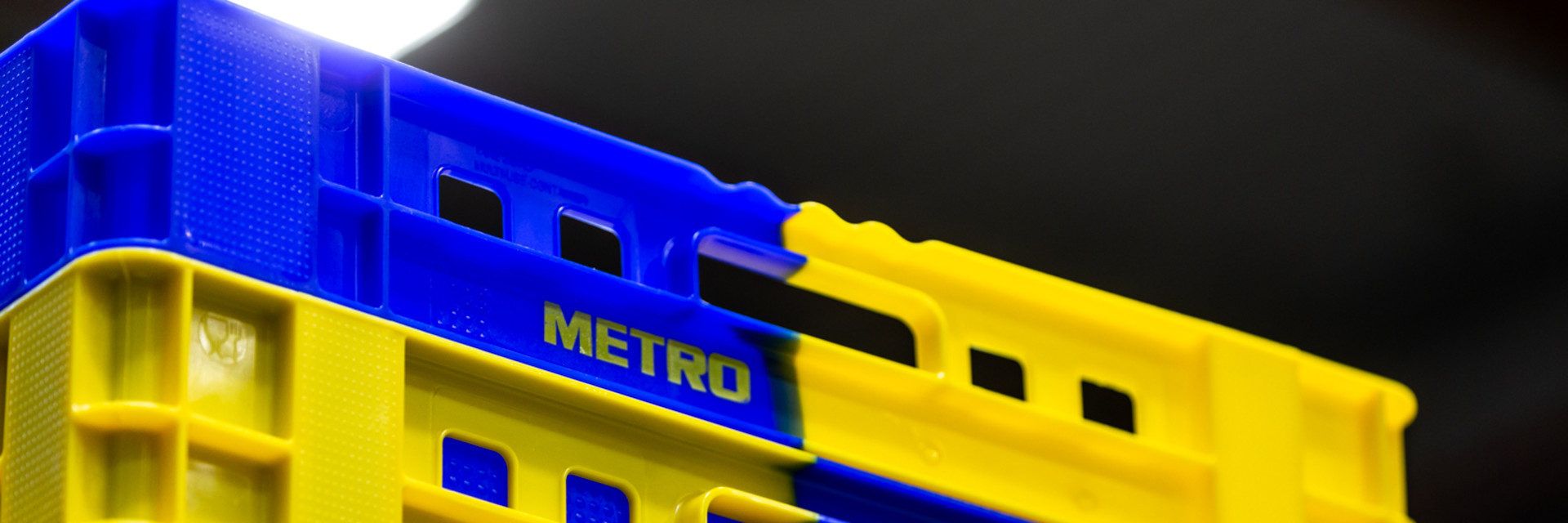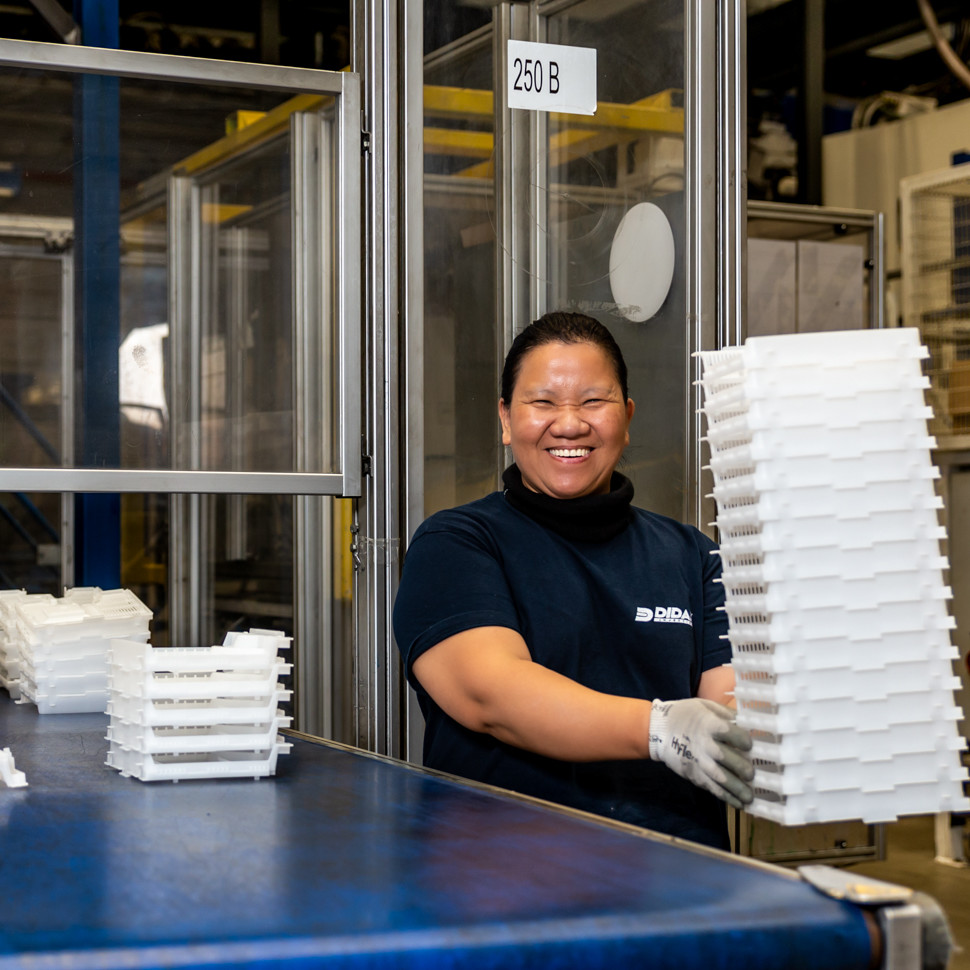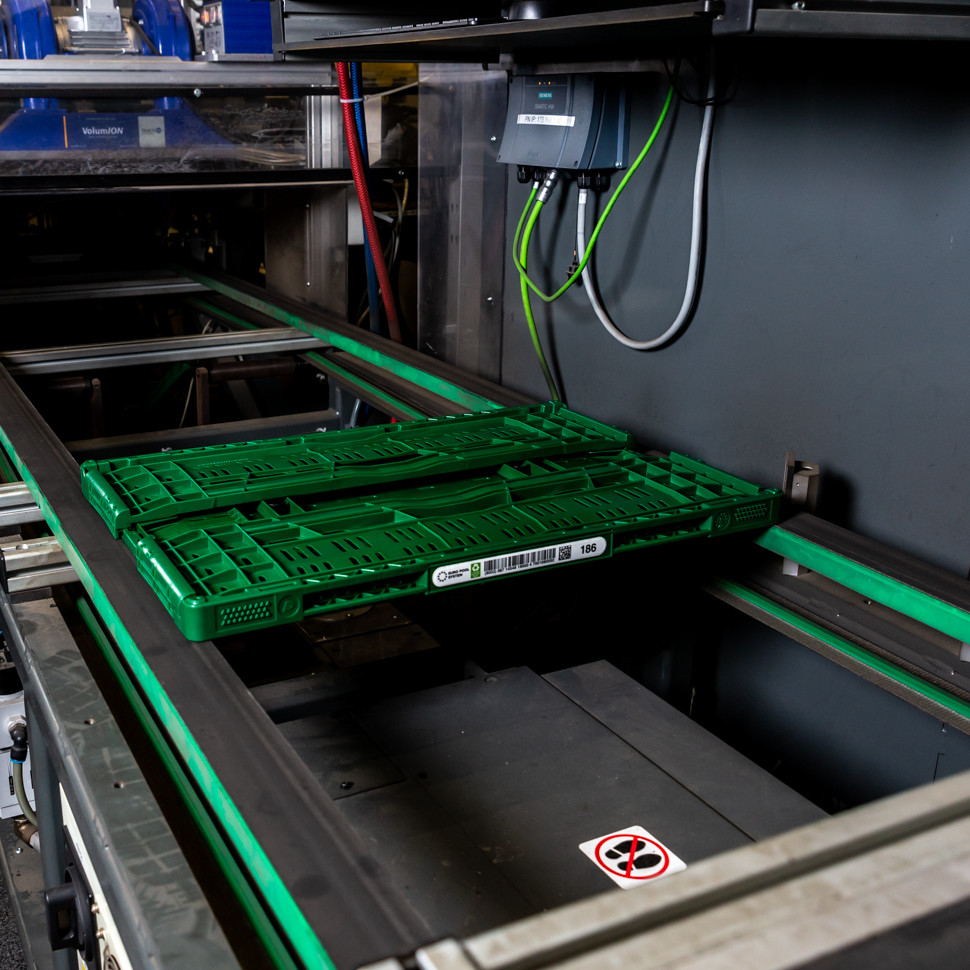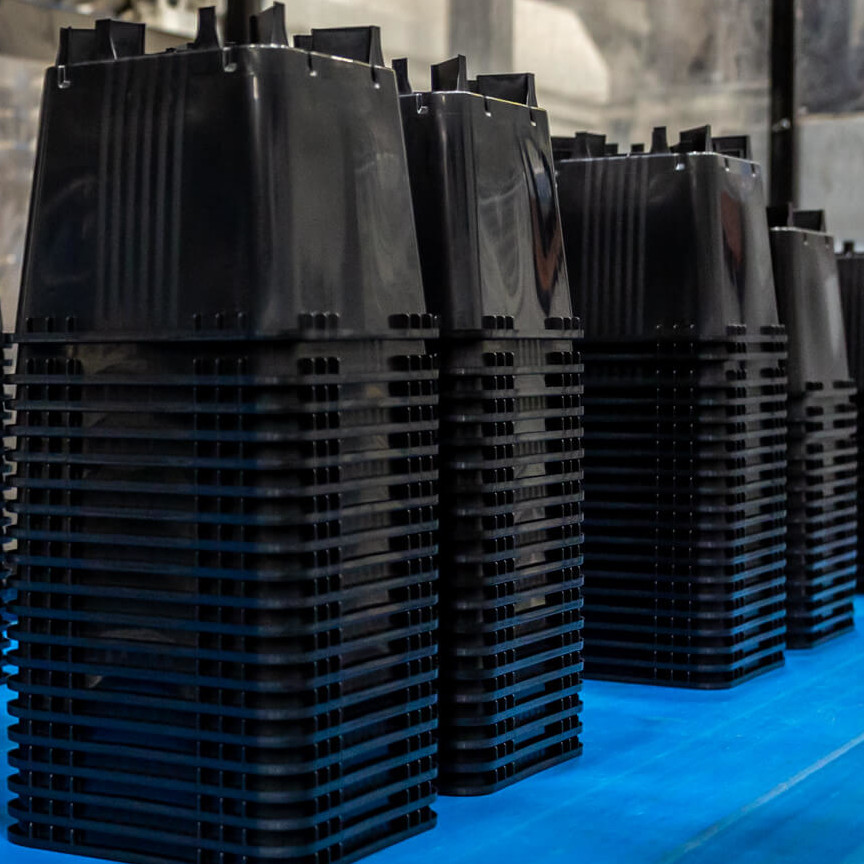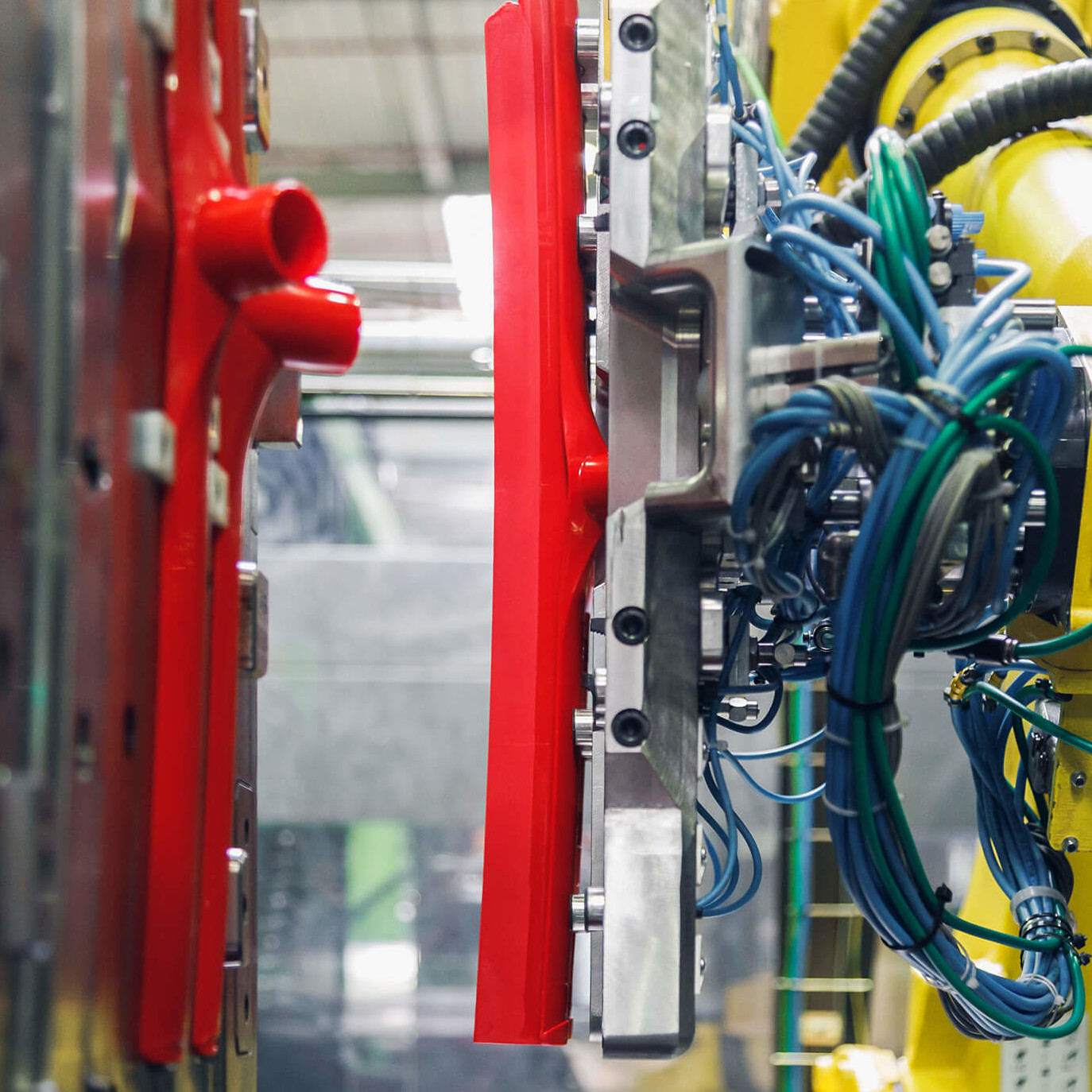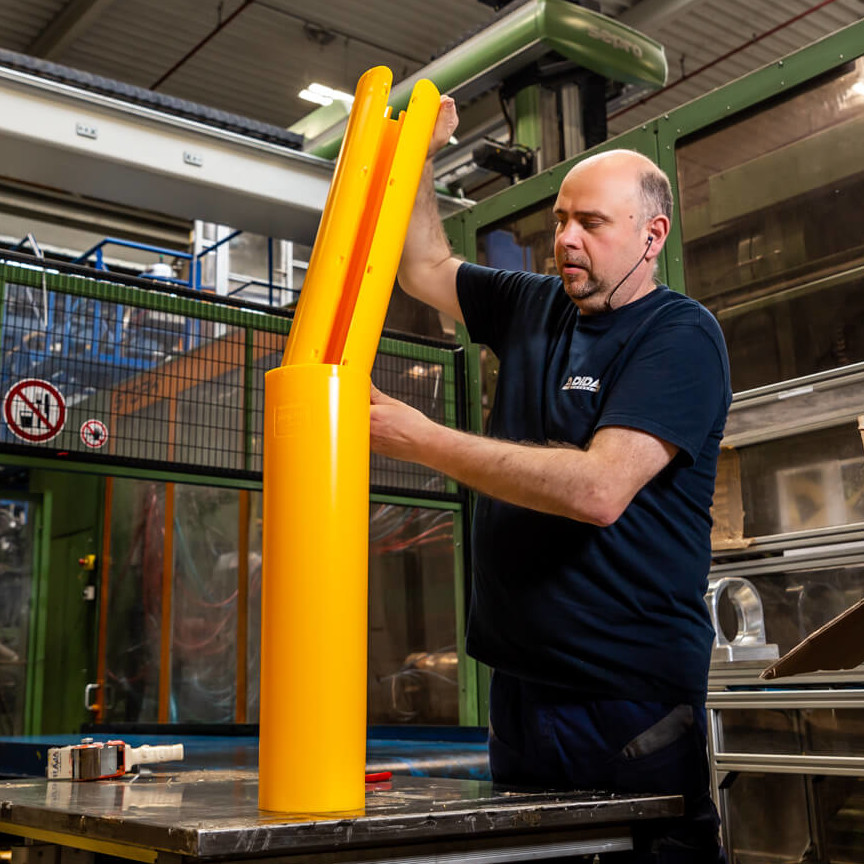Plastic injection moulding is a shaping technique for plastic end products. The first step in the process is designing, which also involves determining the composition of the plastic. A mould is then created featuring a cavity in the shape of the desired product.
The quality of the final product is largely determined by the quality of the mould, which is specifically designed for each project. Products can be manufactured in large quantities once a good quality mould is developed.
When injection moulding takes place, the plastic is first melted and injected into the mould under high pressure. Once the liquid has cooled evenly and sufficiently, the final product can be removed from the mould.

